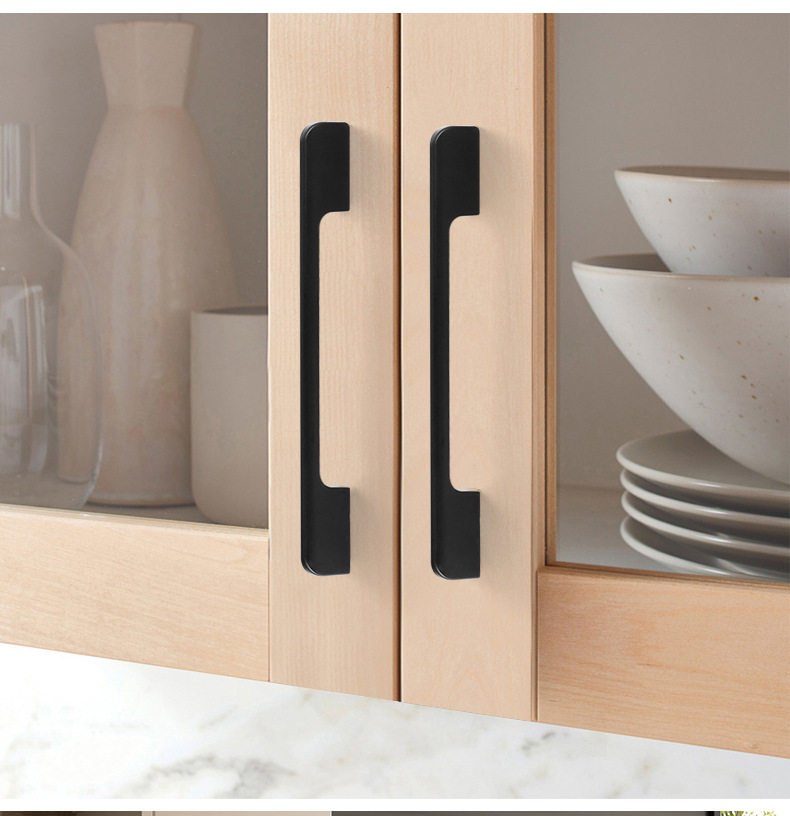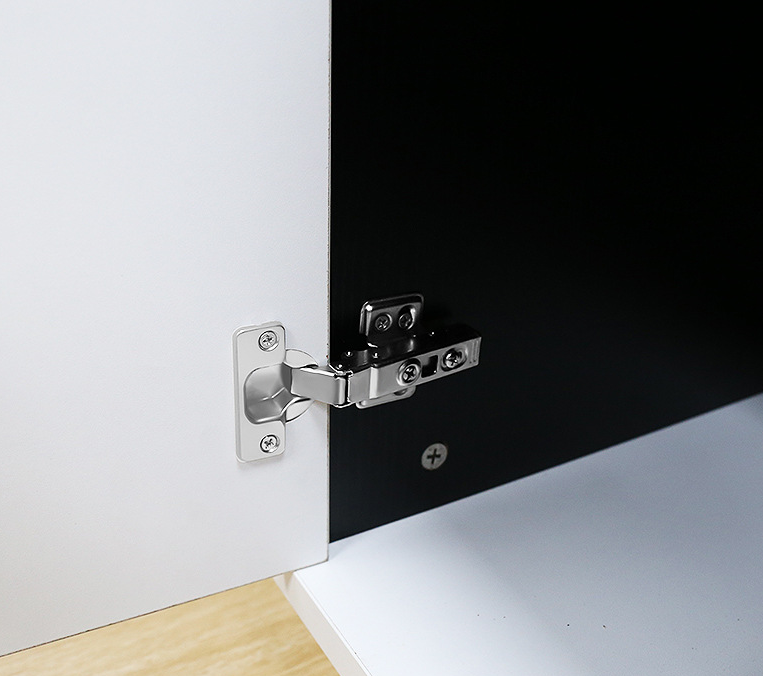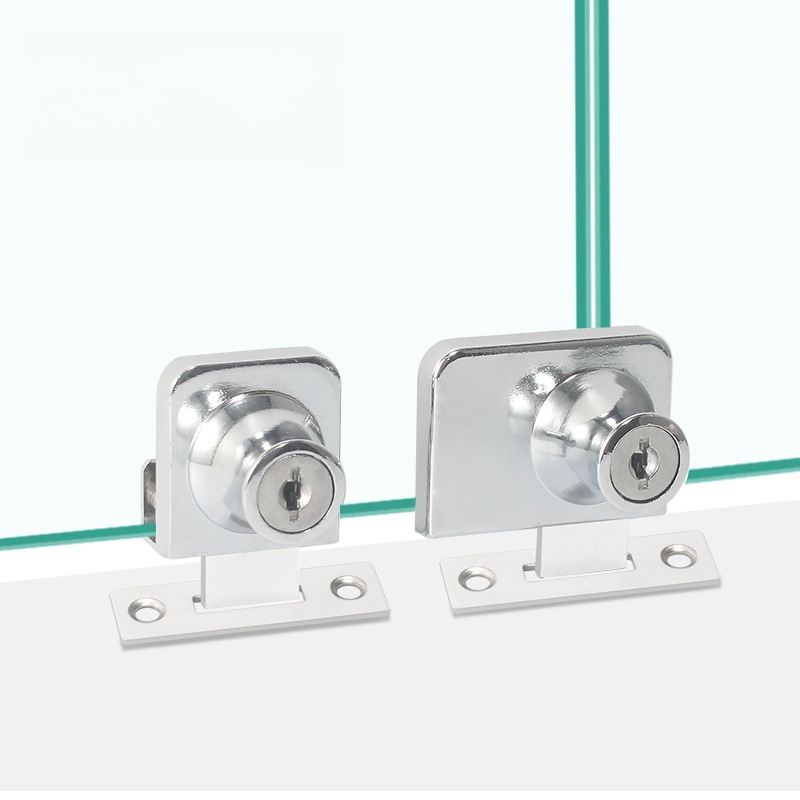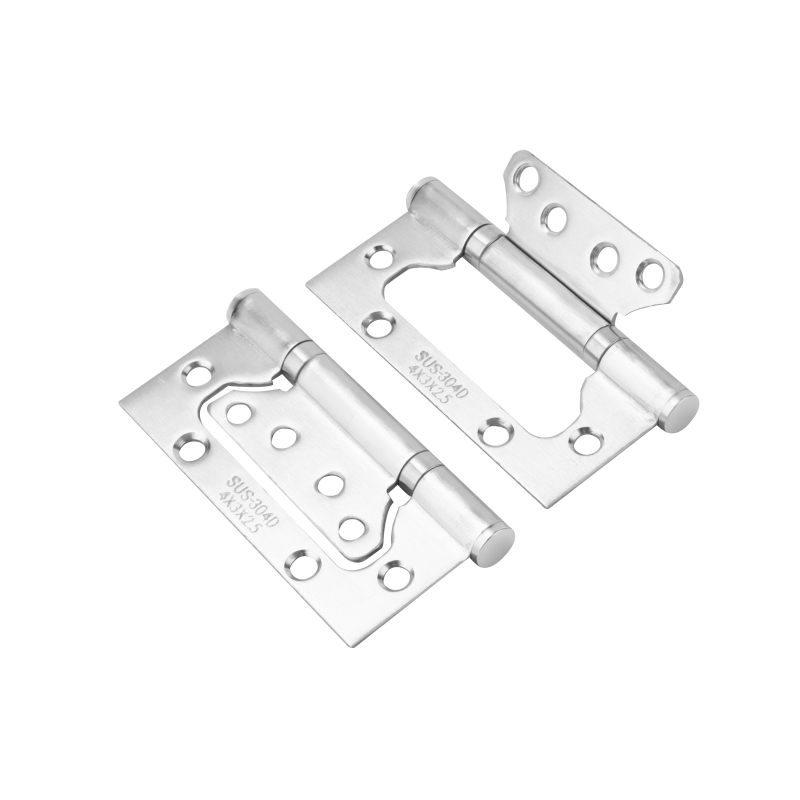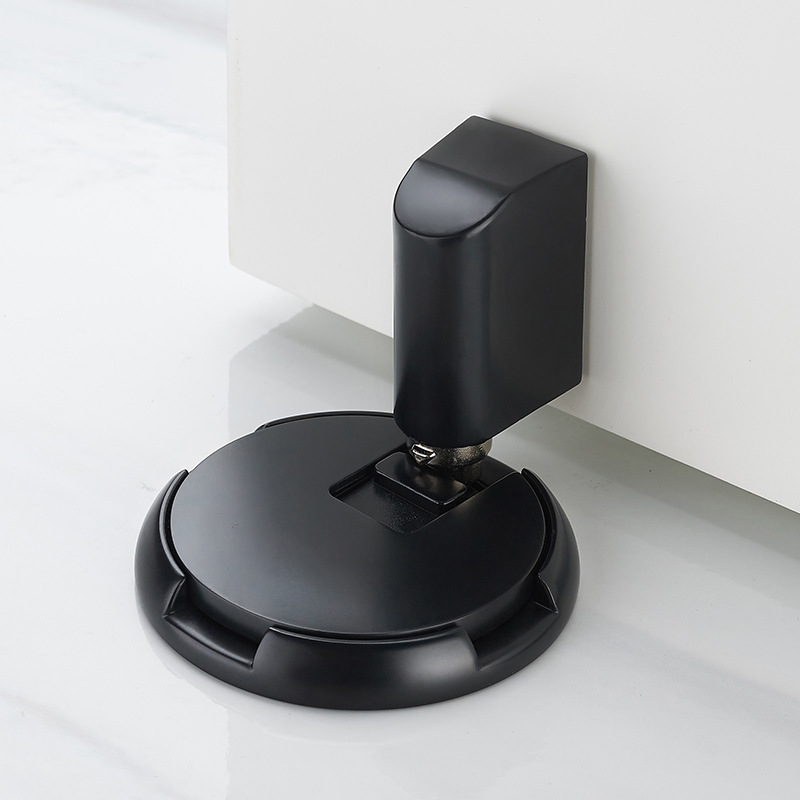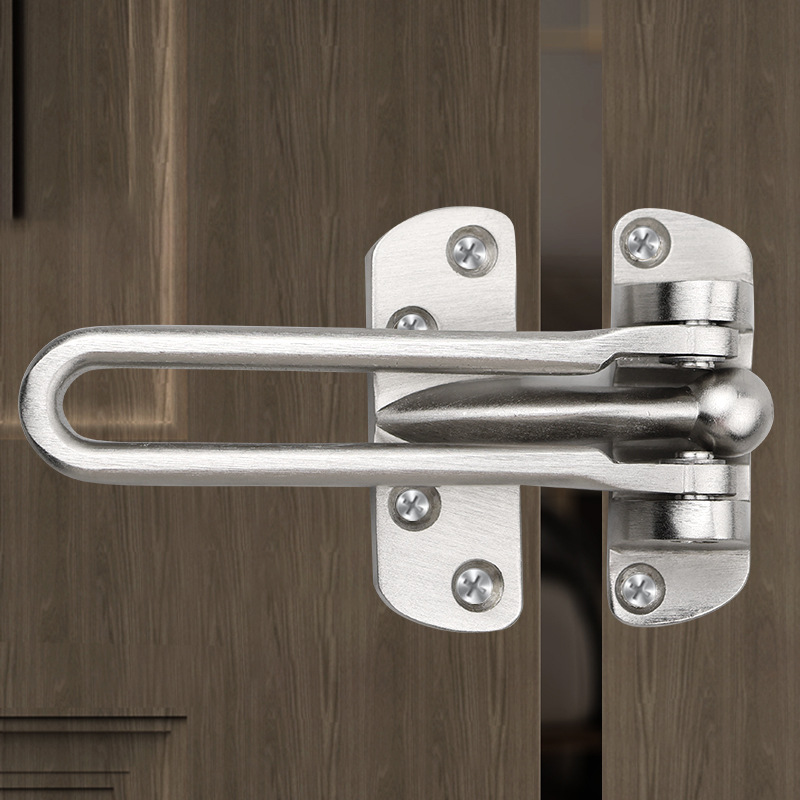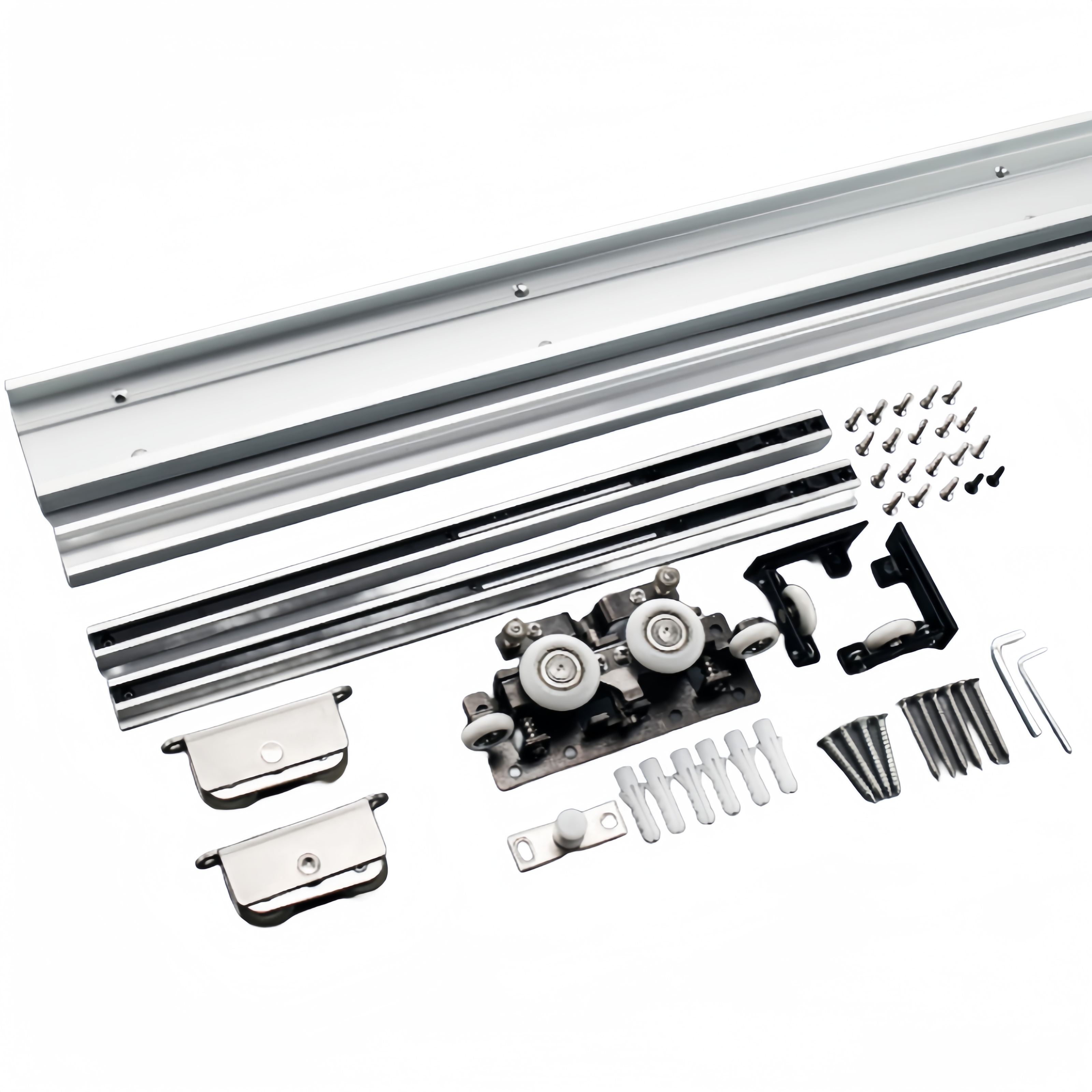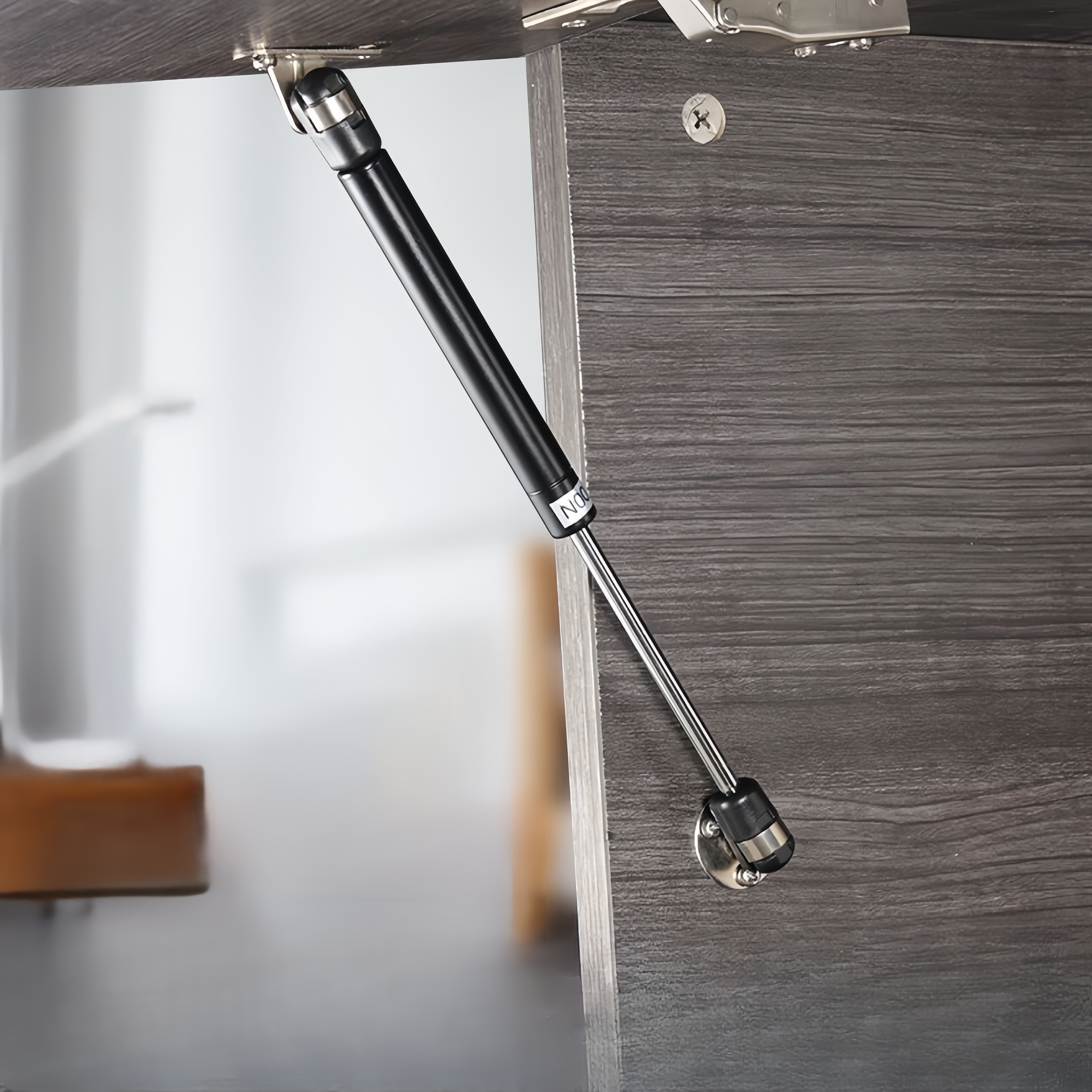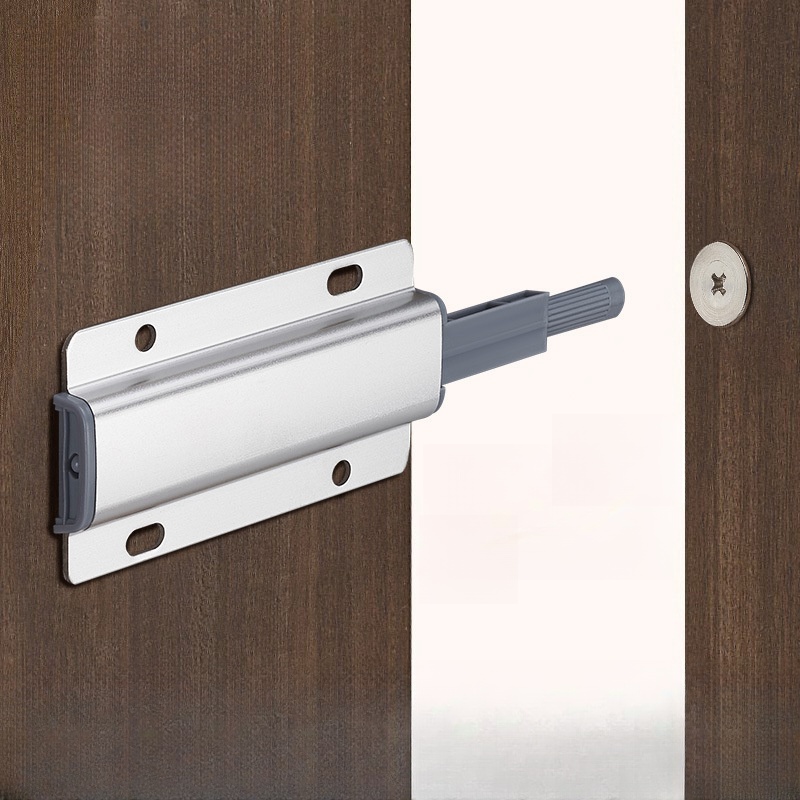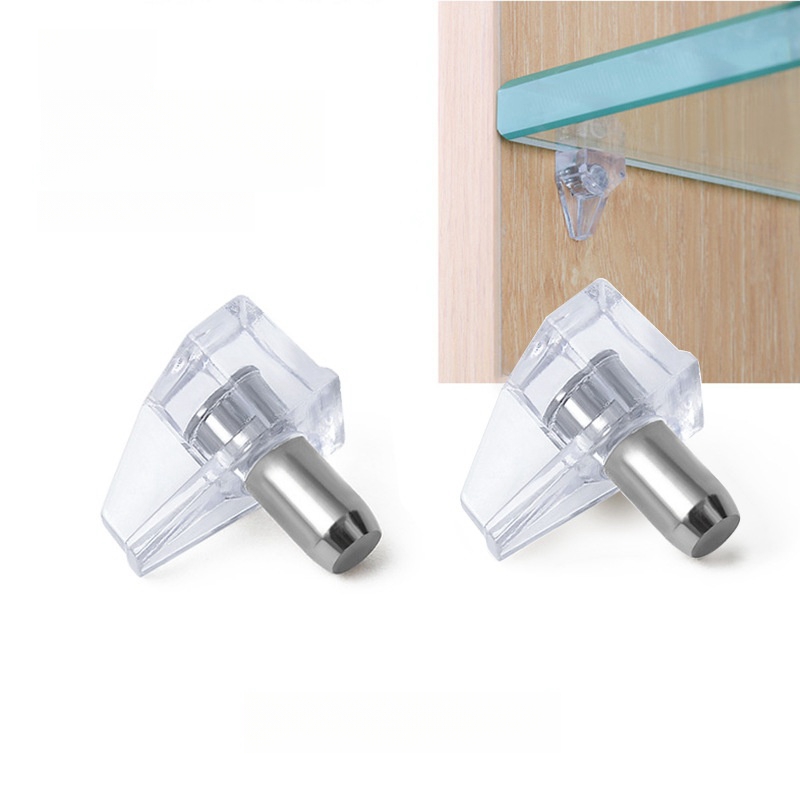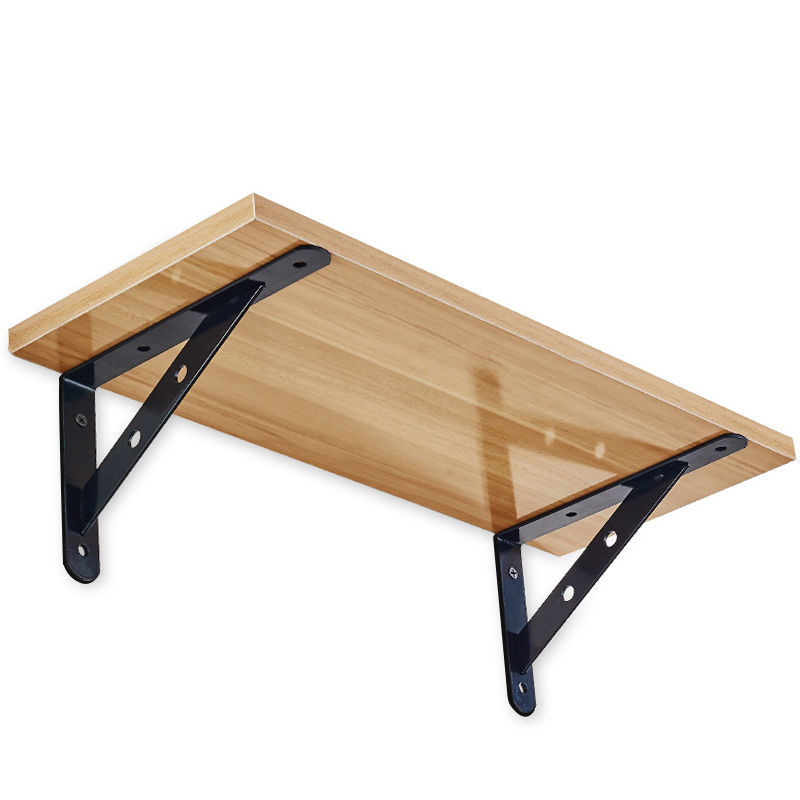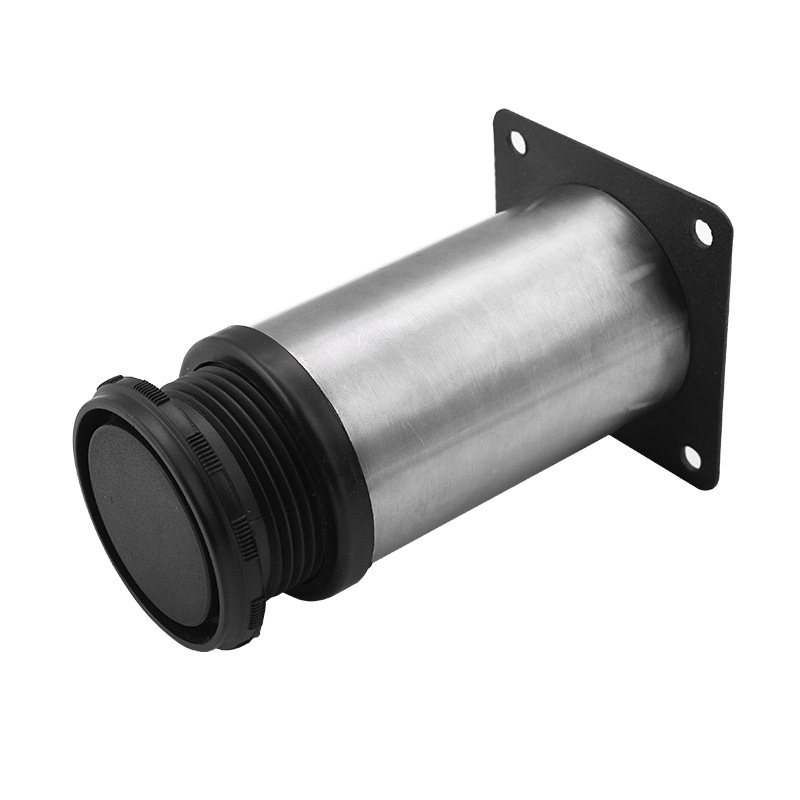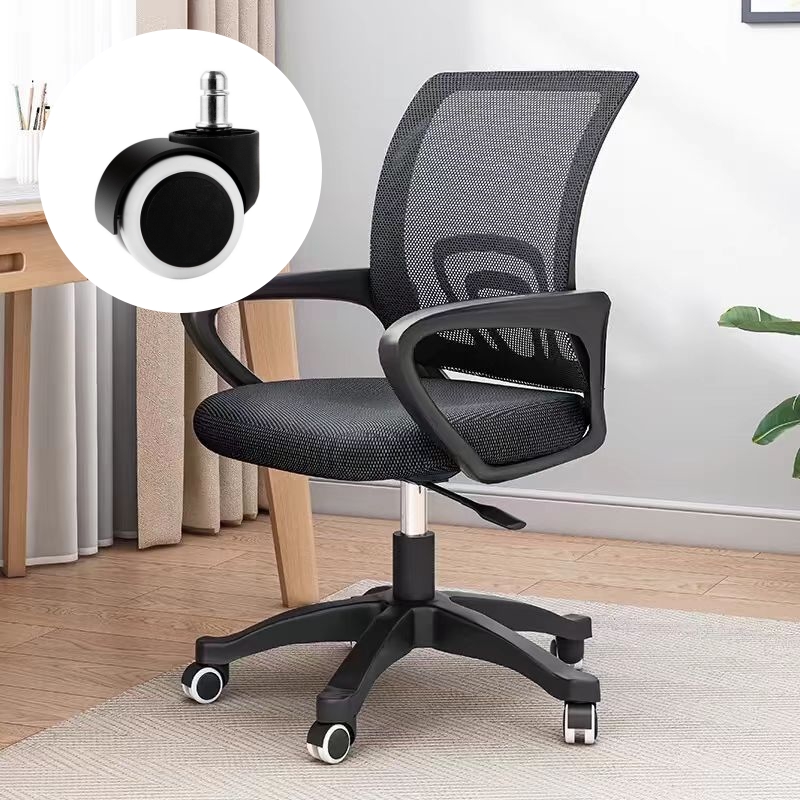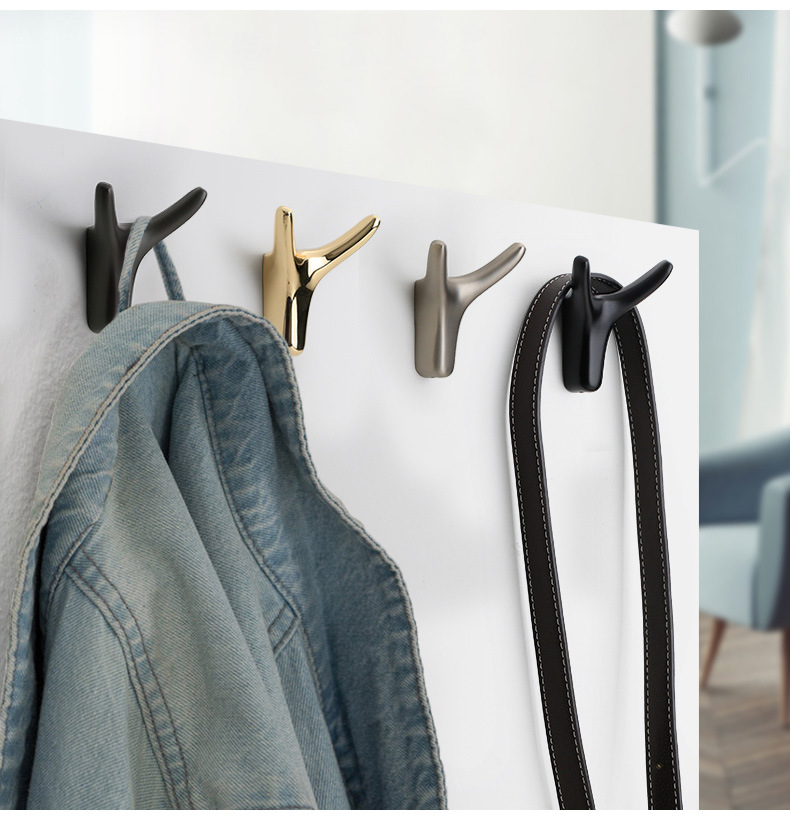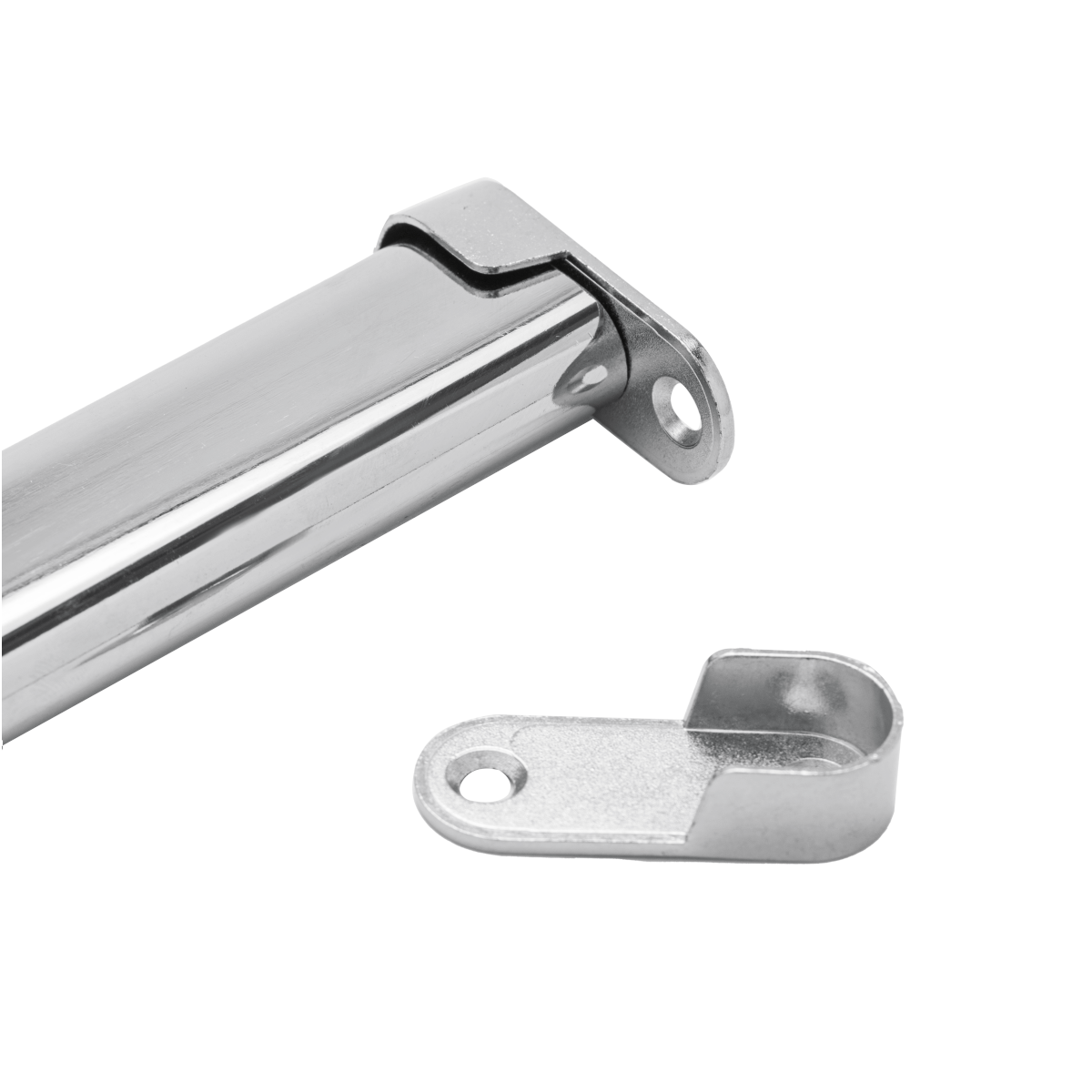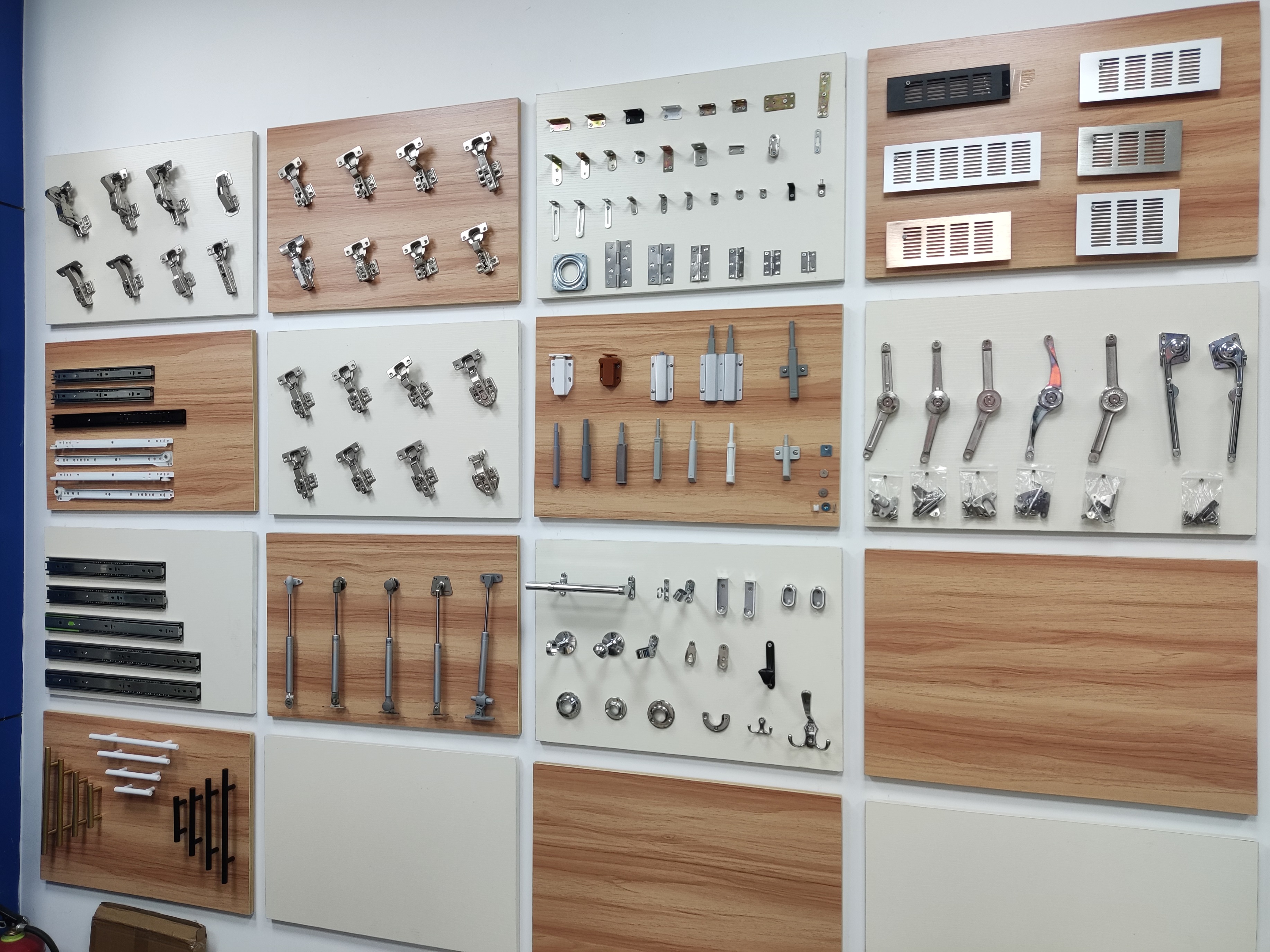
ABOUT
Guangzhou Toplink hardware Co., Ltd specialized in the production and export of furniture hardware fittings, with an experience of more than 14 years.
Our main products are drawer locks, cabinet hinges, sliding rails, cabinet handles, casters, cabinet legs and connecting fittings etc..
With a complete range of products, excellent performance and reasonable prices we have built up business with many customers all over the world.
We are committed to strict quality control and considerate customer service. We sincerely looking forward to becoming your best choice and the most reliable partner!
PRODUCTS
how to remove office chair casters
Office chairs, those ubiquitous companions in countless workplaces and homes, are marvels of ergonomic design. But even the most sophisticated chair will eventually require maintenance, and sometimes, that maintenance involves dealing with its casters – those small, often-overlooked wheels that allow for smooth mobility. Whether you need to replace worn-out casters, clean underneath your chair, or simply move a chair with stubborn wheels, knowing how to remove them is an essential skill. This guide will walk you through the process, covering various types of casters and offering solutions for common problems encountered during removal.
Identifying Your Caster Type
Before you begin the removal process, it's crucial to identify the type of caster your office chair uses. Casters come in several varieties, and each type requires a slightly different removal technique. The most common types are stem casters, threaded stem casters, and ring casters. Stem casters feature a simple stem that inserts directly into a socket. Threaded stem casters, as the name suggests, have a threaded stem that screws into a threaded receptacle. Finally, ring casters are held in place by a retaining ring. Carefully examine your chair's casters to determine which type you have. A quick visual inspection will often suffice, but sometimes, a little gentle manipulation might be needed to reveal the fastening mechanism.
Taking a picture of your caster before you begin can be incredibly helpful, especially if you are unsure of the reassembly process. This visual guide will prevent any confusion later on. If you're dealing with an older or less common chair, it's always a good idea to search online for images of similar chairs to confirm your caster type and see if any removal guides are available for that specific model.
Removing Stem Casters
Stem casters are the simplest to remove. Typically, you'll find a small gap between the caster and the chair base. This gap provides access to the stem. Using a small flathead screwdriver or a similar tool, gently pry the caster upwards. Apply even pressure around the circumference of the caster to prevent damage to the chair base or the caster itself. Once you've created enough space, the caster should simply pull straight out. If resistance is encountered, try rocking the caster back and forth while simultaneously pulling upwards. Avoid applying excessive force, as this could damage the chair base or the caster.
Sometimes, stubborn stem casters require a bit more persuasion. A little lubrication, such as WD-40, applied around the stem can help loosen any accumulated grime or rust. Allow the lubricant to penetrate for a few minutes before attempting removal again. In rare cases, if the stem is excessively worn or damaged, it might break during removal. Be prepared for this possibility and have a replacement caster handy.
Removing Threaded Stem Casters
Threaded stem casters require a slightly more methodical approach. Locate the nut or threaded collar that secures the caster to the chair base. This is usually found underneath the chair. Using the appropriate wrench or pliers, carefully turn the nut counter-clockwise to unscrew it. Ensure a firm grip to prevent slippage and potential damage to the nut or chair base. Once the nut is unscrewed, the caster should be easily removed by pulling it straight up.
If the nut is particularly stubborn or rusted, try applying some penetrating oil, like WD-40, to loosen it. Allow the oil to sit for several minutes to penetrate the threads. If the nut is too damaged or rounded to be gripped with tools, you might need to use specialized tools such as a nut splitter or a vise grip. Remember to always prioritize safety and avoid using excessive force that could damage the chair base or surrounding parts.
Removing Ring Casters
Ring casters are generally the most challenging to remove, requiring a bit more finesse. These casters are held in place by a retaining ring that sits under the base of the chair. First, locate the retaining ring. This might require carefully inspecting the underside of the chair's base. Once you've located the ring, you'll need a small, flat-ended tool, like a thin flathead screwdriver or a caster removal tool, to compress the retaining ring.
Gently pry the retaining ring inward, working your way around its circumference. This will compress the ring, freeing the caster. As you compress the ring, you should be able to lift the caster away from the chair. Be patient and use gentle but firm pressure; forcing the ring could damage it or the chair base. If the ring is particularly stubborn, try applying a lubricant to help reduce friction. It's worth noting that some retaining rings are designed to be difficult to remove, so don't be alarmed if it takes a little time and effort.
Troubleshooting Common Issues
Even with careful attention, you might encounter some challenges during caster removal. If a caster is stuck, don't resort to excessive force. Applying too much pressure can damage the chair or the caster. Instead, try using penetrating oil and allow it to sit for several minutes before trying again. If the caster remains stuck after applying lubricant, consider using a rubber mallet to gently tap the caster from the underside of the chair. This can sometimes help to dislodge a stubborn caster without causing damage.
Remember, safety is paramount. If you're unsure about any part of the removal process, or if you encounter unexpected difficulties, it's always best to consult a professional. Attempting to force a caster off could result in damage to your chair, potentially leading to more expensive repairs. A little patience and the right tools can make the process smoother and safer.
Once you've successfully removed your office chair casters, you'll be well-equipped to replace them, clean beneath your chair, or tackle any other maintenance tasks. Remember to carefully examine the removed casters and their attachments to understand how they are put together before reassembly. Having this knowledge will simplify the process of putting everything back together.
SUBSCRIBE
INQUIRY
